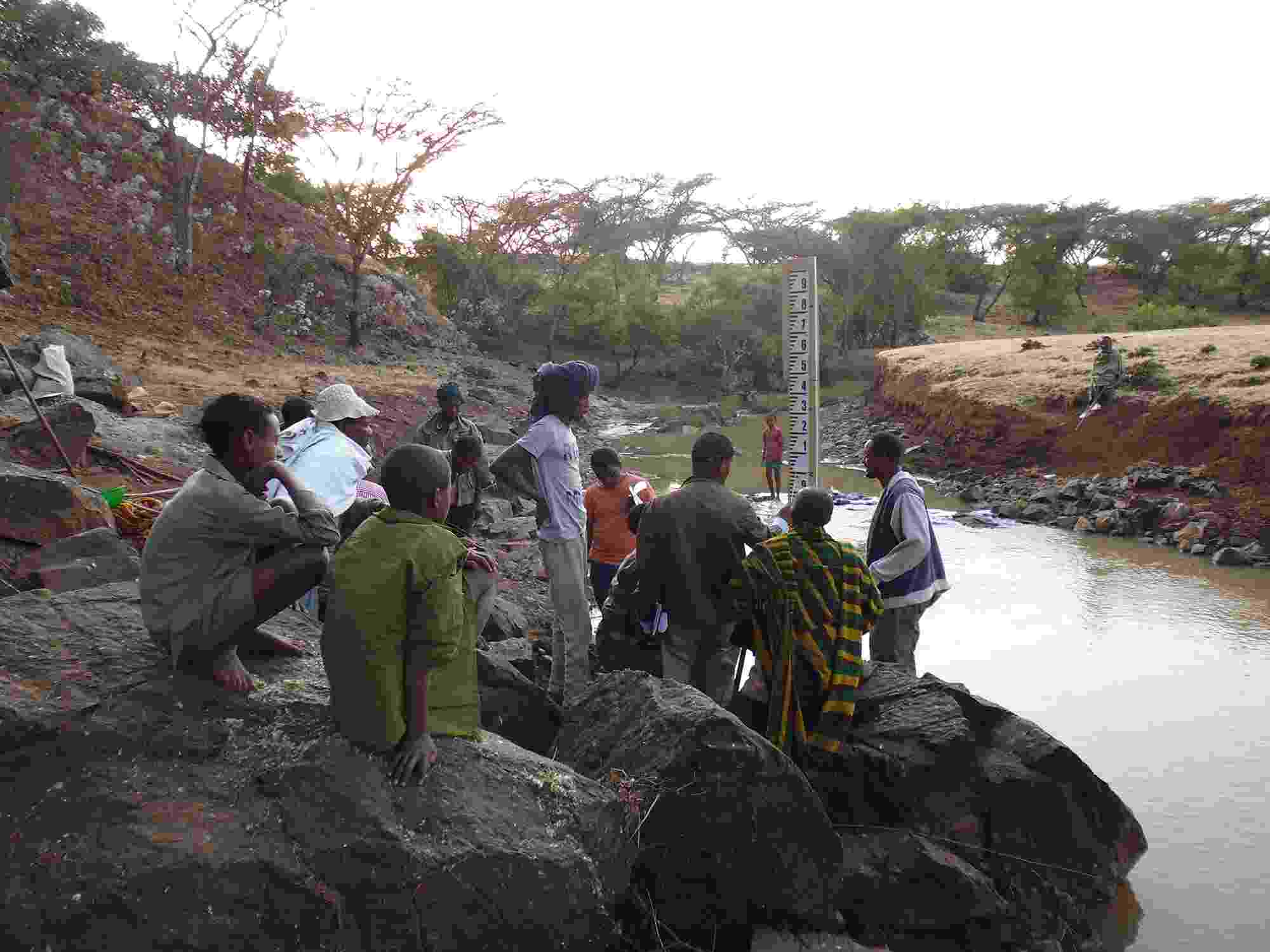Citizen Science for Water Quality Monitoring in the Meki River, Ethiopia
Quality Assurance and Comparison with Conventional Methods
05 January 2023


Engaging local communities in citizen science and water monitoring in Ethiopia
Authors: Wudinesh Zawuga Babiso, Kinfe Kassa Ayano, Alemseged Tamiru Haile, Demissie Dawana Keche, Kishor Acharya, David Werner
A lack of water quality information for many water bodies around the world makes it difficult to identify global change and discover early signs of myriad threats to freshwater resources. This problem is widely seen in Ethiopia due to absence of regular monitoring. Citizen science has a great potential to fill these gaps in water quality data, but there is concern about the accuracy of data collected by citizen scientists. Moreover, there is a gap to engage citizen scientists in water quality monitoring, and there is still insufficient awareness of how citizen scientists can become part of a collaborative scheme.
This study aimed to evaluate the accuracy of water quality collected by citizen scientists and characterize the water quality of the Meki River with the involvement of citizen scientists. The suitability of the river water for irrigation was evaluated using a combination of citizen science and conventional water quality data collection methods. Water temperature, turbidity, ammonia, phosphate, nitrate, nitrite, total alkalinity, total hardness, and pH were analysed by both citizen scientists and in a conventional laboratory. The citizen scientists’ data, expressed as percent of synthetic standard solution concentrations, indicated good agreement for selected water quality parameters: 123.8 ± 24.7% for PO43−, 115.6 ± 6.3% for NO3−, 105.8 ± 7.4% for pH, and 133.3 ± 23.6% for NH4+. Thus, citizen scientists can monitor and collect water quality data accurately. From the results, the Meki River water can be used for irrigation, but pollution sources should be controlled to reduce further quality deterioration as the population increases.



